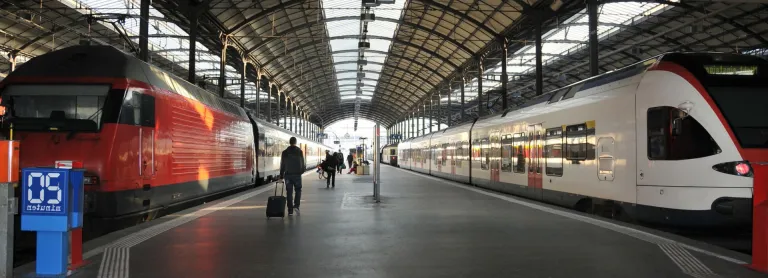Optimized Supply Planning
Optimized Planning Software for Higher ROI and Performance Efficiency
Create Workable & Optimized Plans for Your Supply Chain
DELMIA Quintiq Optimized Planning uses award-winning technology configured to fit your business needs. The software is used for supply chain optimization by enabling real-time management and optimization of production capacities, raw materials, workforce, and logistics. It helps businesses manage planning and job scheduling activities enabling real-time management and optimization of production capacities, raw materials, workforce and logistics. Users will be able to produce workable plans that are optimized against unique KPIs and are always in-sync with the realities and changes of business. It is configured to respect an organization's rules and constraints, such as production capacity, inventory and logistics constraints as well as contractual requirements while providing flexibility to adapt to the changes realities of doing business.
Key Benefits:
-
Increases supply chain optimization: DELMIA Quintiq’s software capabilities go beyond standard supply chain optimization. It allows you to produce workable personalized plans to optimize your business against your KPIs. These plans complement good business sense and are 100% in sync with the realities of your particular business.
-
Implements unique technology: The software uses five powerful optimization technologies – mathematical programming, constraint programming, path optimization algorithm, graph programming, and a proprietary configuration language Quill.
-
Delivers proven results: DELMIA Quintiq Optimized Planning holds world records for solving some of the world’s most challenging optimization puzzles, such as the Vehicle Routing Program with Time Windows (VRPTW) and Flexible Job Shop Scheduling Problem (FJSSP). The optimized planning software has a track record of generating positive ROI within six months of implementation and a guaranteed 5% improvement in operational efficiency.
With DELMIA Quintiq we were able to improve our customer service levels and at the same time reduce cost through a more efficient and optimized scheduling and planning. We have been especially benefiting from the flexible handling and visualization of the processes between tactical planning and operational production scheduling. With our internal DELMIA Quintiq specialists team we customized the industry solution to 100% fit our requirements for routing generation.”
FAQ About Supply Chain Management Software
Supply chain optimization software aids in enhancing supply chain efficiency by analyzing data and identifying areas for process streamlining, cost reduction, and improved customer satisfaction. It empowers businesses to make well-informed decisions, optimize operations, and create tailored solutions for their supply chain. Leveraging this software, organizations can unlock the potential for enhanced performance and achieve operational excellence in their supply chain management.
Supply chain optimization software enhances supply chain efficiency by analyzing and optimizing the flow of materials, information, and finances. There are four major types of SCM software:
- inventory management,
- order management,
- warehouse management,
- transportation management.
These solutions aid businesses in streamlining supply chain operations and boosting overall performance. By leveraging such software, organizations can achieve seamless coordination, improved resource utilization, and heightened productivity throughout their supply chain network.
Also Discover
Learn What DELMIA Can Do for You
Speak with a DELMIA expert to learn how our solutions enable seamless collaboration and sustainable innovation at organizations of every size.
Get Started
Courses and classes are available for students, academia, professionals and companies. Find the right DELMIA training for you.
Get Help
Find information on software & hardware certification, software downloads, user documentation, support contact and services offering






